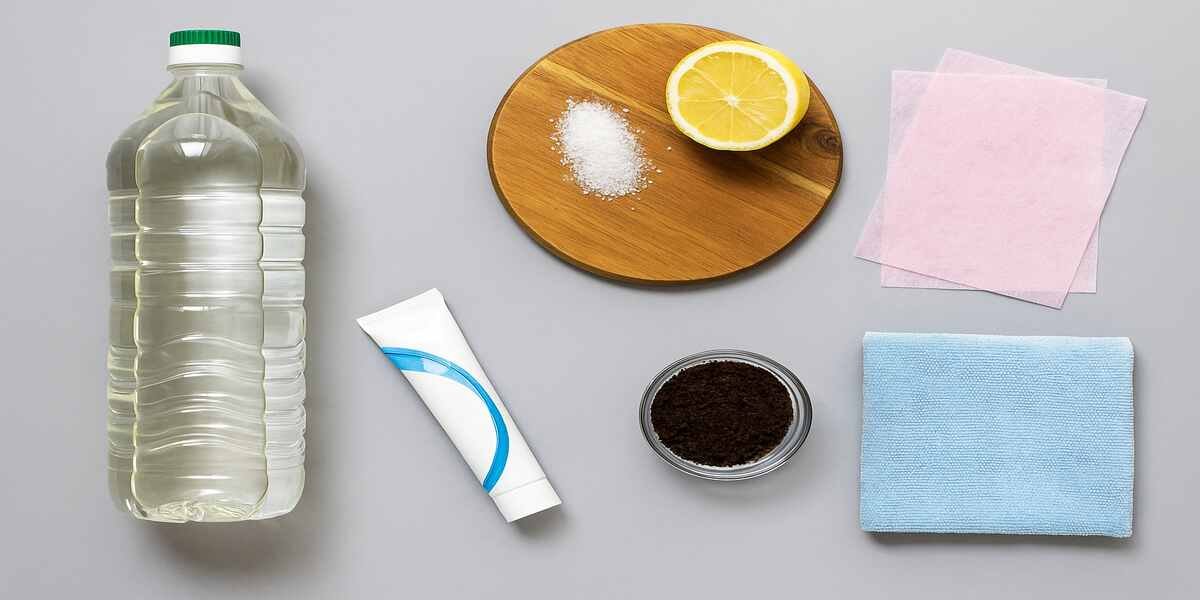5 Viral Cleaning Hacks That Don’t Actually Work
Have you ever attempted a cleaning hack that did not go as well as planned? That is not your fault alone. Nowadays, in the age of social media, trendy cleaning tips are everywhere, promising to save lots of time, money, and effort with the help of surprising combinations of the most ordinary items. As much as I would like to consider some of them as attending to them can be quite surprising, the rest are simply just, well, too good to be true.
Some of them may even break something in your home or appliances. Without even reaching for vinegar and toothpaste, here are some of the most popular online cleaning myths, as per bond cleaning Pimpama people might want to stay away from trying: It is better to get rid of five cleaning tricks you will never use than regret trying them, and worse, believing they were effective.
1. Vinegar Cleans All
Vinegar is normally promoted as the all-time and all-purpose cleaning product. Though it performs remarkably in breaking mineral deposits or in polishing glass, it is not suitable for all surfaces. Vinegar, because of its acidic property, may eat up the natural stone, including granite and marble, as well as strip away the finish on solid wood floors; and even, in some instances, eat away the inside of appliances. Vinegar should never be applied to vulnerable surfaces unless the instructions of the manufacturers are read.
2. Cleaning Grout Toothpaste
This is popping up where I would never have thought it would: squeeze some toothpaste onto grimy grout, scrub, and voilà, scrupulously clean hard lines! In practice, however, toothpaste is so weak as to clean deep dirt, mould or mildew. It can give the appearance of grout being whiter because of its paste-like nature, but it will not clean or disinfect. Real results, however, require the use of a mixture of baking soda and hydrogen peroxide or a grout cleaner.
3. Use of Coffee Grounds to Deodorise the Fridge
Spent coffee grounds are usually suggested as a refrigerator deodoriser. They do not absorb the odours, but may only cover the odours temporarily. And worse, waterlogged grounds may develop mould when it is not controlled. Baking soda is still the best: it absorbs odours, it does not cause messes, and it lasts longer with no chance of fungus.
4. Lemon-Salt Sanitiser of Wooden Boards
It feels nice doing in the videos, polishing the wooden chopping block with lemon and salt water to clean and disinfect it. Even though this combination is capable of removing stains and eliminating the surface odour, it does not kill the bad bacteria. The scrub with hot water and dish soap, and diluted vinegar or sanitiser when required in order to sanitise completely, according to bond cleaning Oxenford.
5. Dusting Dryer Sheets
Others are that dryer sheets are great for dusting surfaces such as blinds or baseboards. On the one hand, they repel dust as it can adhere to them because of their static, but on the other hand, they cause a waxy film to remain. This residue can even cause more dust to settle in and can also cause the surfaces to be dulled after some time. Instead, a microfiber cloth will be a much safer and better option.
Conclusion
It does not all that trend cleanly, of course! Think of the consequences in the long term before getting on the next cleaning hacks bandwagon. In case of doubt, use tested, safe, and effective cleaning techniques, and forget about clickbait techniques.
For those tempted to try every viral tip, remember that not every trick on the internet works in practice. Sometimes 5 Viral Cleaning Hacks can cost you more in damage than you’d save in time. The safest bet? Stick with proven methods over popular myths.
Also learn about four Incredible cleaning advantages of white vinegar
